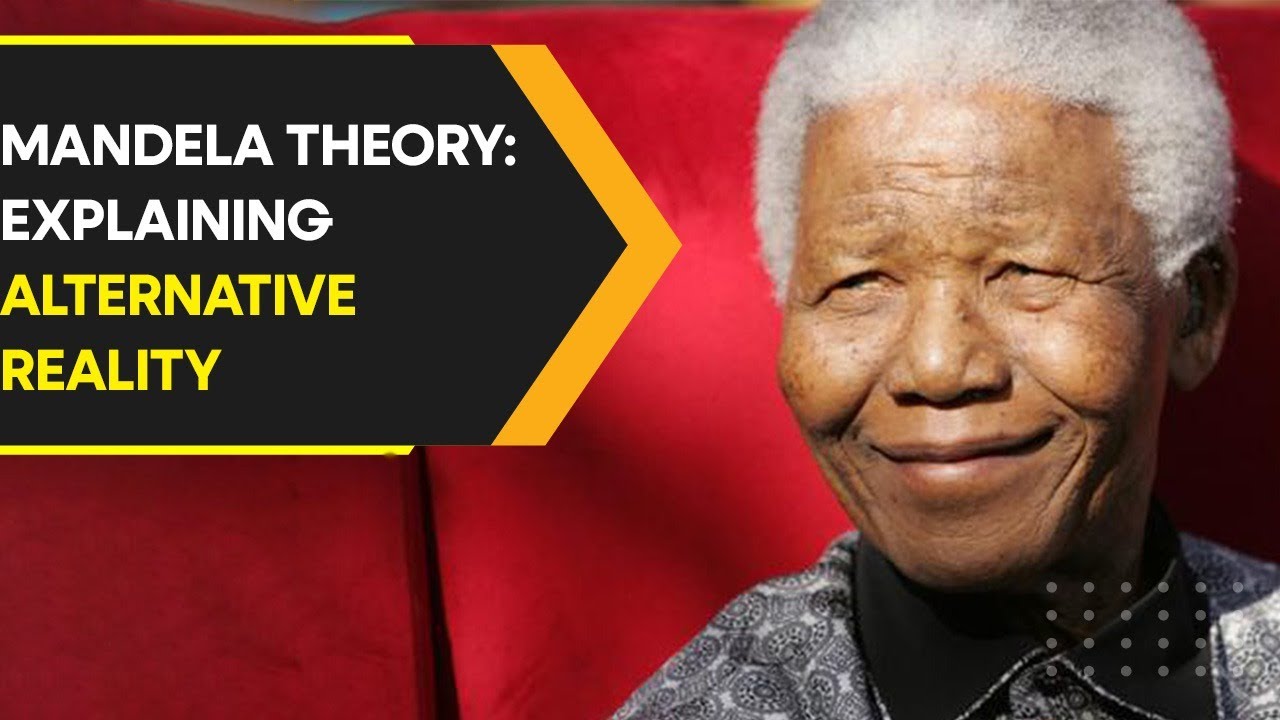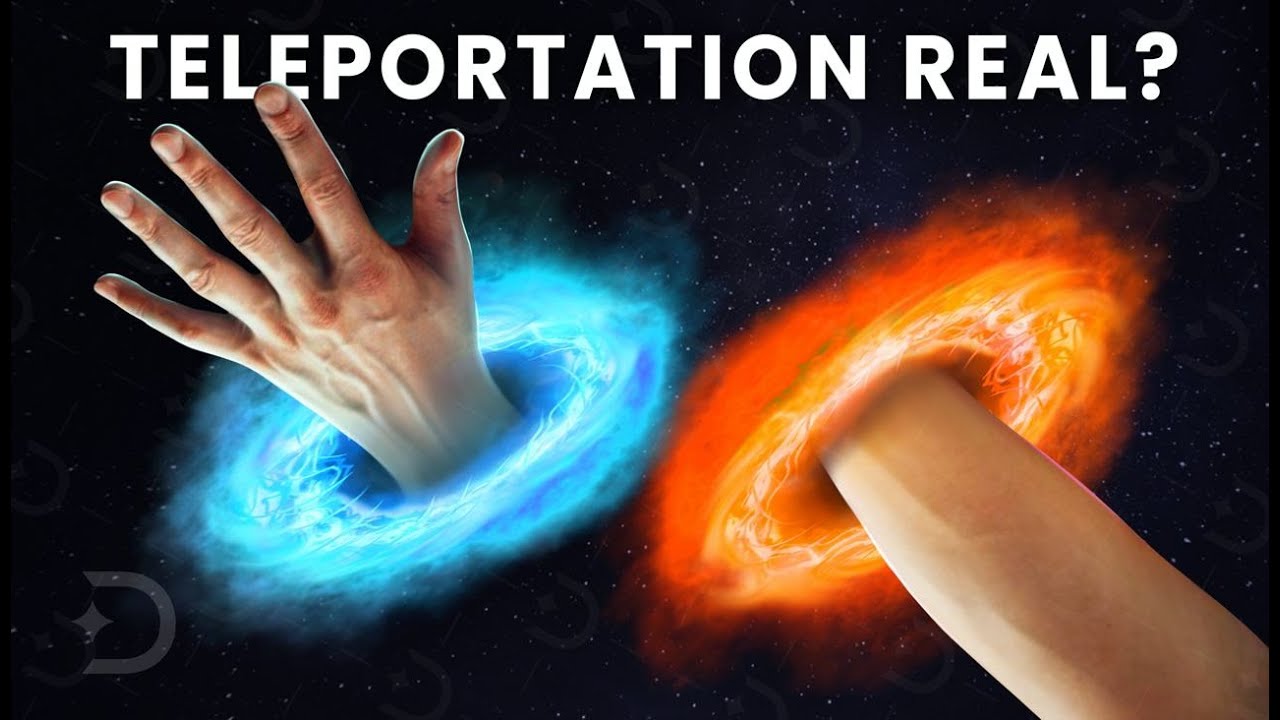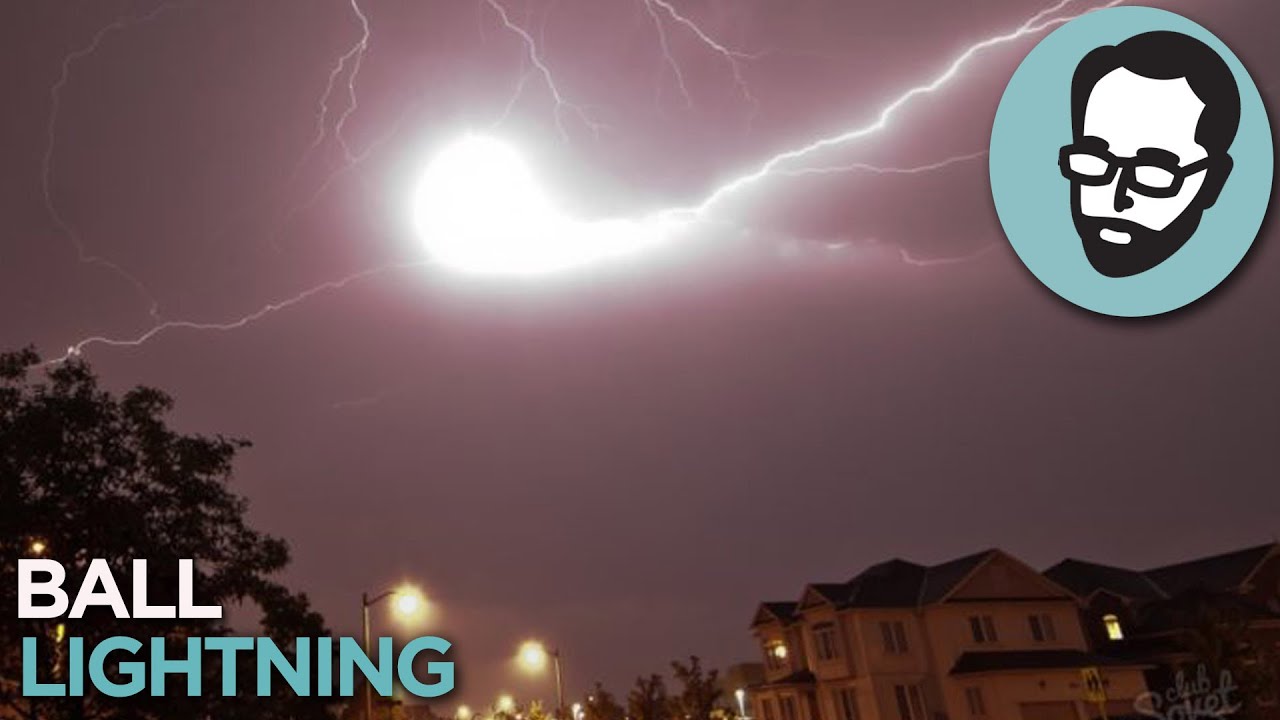Strange And Mind-boggling Happenings That Will Challenge Your Perception - Reality Rewritten
Strange and mind-boggling happenings are events or incidents that challenge our perception of the world around us. These occurrences often defy logic and reason and leave us questioning our understanding of reality. Here are some examples of strange and mind-boggling happenings that will challenge your perception.
Author:Morgan MaverickReviewer:Professor JhizMay 10, 20232.7K Shares226.1K Views

Strange and mind-boggling happenings are events or incidents that challenge our perception of the world around us. These occurrences often defy logic and reason and leave us questioning our understanding of reality. Here are some examples of strange and mind-boggling happenings that will challenge your perception.
Strange Happenings That Defy Explanation
Check out these strange and mind-boggling happenings that will challenge your perception:
Mandela Effect
The Mandela effect is a phenomenon in which a large group of people collectively remember an event or fact differently than how it actually occurred or existed.
The term was coined by blogger Fiona Broome in 2010 after she discovered that a large number of people shared the same false memory of Nelson Mandela dying in prison in the 1980s, when in fact he was released from prison in 1990 and died in 2013.
This led Broome to investigate other shared false memories, and the Mandela effect was born.
The Mandela effect is often attributed to the fallibility of human memory, which is subject to distortion and manipulation. Memories can be influenced by external factors such as suggestion, misinformation, and the passage of time.
For example, a person may have heard or read about an event multiple times and eventually assimilated it as their own memory. In some cases, a person may even create a false memory based on their own beliefs or biases.
The Mandela effect has become a popular topic of discussion in popular culture, with many examples of shared false memories being cited as evidence of its existence. Some of the most well-known examples include:
- The spelling of the children's book series, The Berenstain Bears. Many people remember it as "Berenstein" with an "e" instead of "a".
- The color of Darth Vader's helmet in Star Wars. Many people remember it as being entirely black, while in reality it has a small silver strip on the top.
- The location of New Zealand on a map. Many people remember it being to the northeast of Australia, while in reality it is southeast.
- The existence of a movie called Shazaam starring comedian Sinbad as a genie. Many people remember seeing this movie in the 1990s, but it never actually existed.
- The famous line from Snow White and the Seven Dwarfs. Many people remember the line being "Mirror, mirror on the wall," when in fact it is "Magic mirror on the wall."
The Mandela effect has been the subject of much debate and speculation, with some people believing it is evidence of alternate realities or parallel universes. However, most experts believe that the Mandela effect is simply a result of the fallibility of human memory and the power of suggestion.
Regardless of its origins, the Mandela effect has captured the imagination of many people and continues to be a topic of fascination and discussion. It serves as a reminder of the fragility of memory and the importance of verifying facts and information before accepting them as truth.

Mandela effect: A theory that proves alternate realities? | WION Originals
Teleportation
Teleportation, the ability to move an object or person from one location to another instantaneously without physically traveling the distance between the two points, is a concept that has been explored extensively in science fiction. However, in recent years, scientists have been working to bring the idea of teleportation closer to reality.
The basic principle behind teleportation is the ability to transfer quantum information from one particle to another, effectively creating a copy of the original particle at the destination. This process is known as quantum teleportation and involves the use of entangled particles, which are two particles that are so closely linked that they share a single quantum state.
Quantum teleportation works by first entangling two particles, such as photons, and then sending one of them, known as the "teleportee," to the destination. The teleportee is then measured, which collapses the quantum state of the other entangled particle, known as the "quantum information carrier."
This measurement process effectively transfers the quantum state of the teleportee to the quantum information carrier, creating a copy of the original particle at the destination.
While quantum teleportation has been demonstrated in laboratories, it is important to note that it only transfers quantum information, not matter. This means that it cannot be used to physically transport objects or people from one place to another, at least not in the traditional sense.
However, scientists are exploring other ways in which teleportation could be used to transmit information over long distances. One potential application is in the field of quantum computing, where teleportation could be used to transfer quantum information between different parts of a quantum computer.
Another area of research is in the development of teleportation networks, which could be used to transmit large amounts of information quickly and securely over long distances. This technology could have applications in fields such as telecommunications and cryptography.
It is important to note that while teleportation may seem like a far-off concept, research in this area is ongoing and has already led to significant breakthroughs in the field of quantum mechanics.
As our understanding of quantum mechanics continues to evolve, it is possible that we may one day be able to achieve true teleportation, allowing us to travel to far-off places instantaneously.

Scientists Found A Way To Make Teleportation Work
Ball Lightning
Ball lightning is a phenomenon that has puzzled scientists and the public alike for centuries. It is a rare and unexplained occurrence that involves the appearance of a glowing sphere of light that floats in the air for several seconds or minutes before disappearing. This enigmatic phenomenon has been observed in many parts of the world and has been documented throughout history.
Ball lightning is typically described as a spherical or oblong shape that ranges in size from a golf ball to a basketball. It is usually observed during thunderstorms or electrical storms, and it can appear in a variety of colors, including white, yellow, orange, red, and blue. The ball of light often seems to move erratically, zigzagging through the air or bouncing along the ground.
One of the most perplexing aspects of ball lightning is that it is often accompanied by a loud hissing or crackling sound, as if a high-voltage electrical current is passing through the air.
This has led many researchers to speculate that ball lightning may be a manifestation of some kind of electrical discharge, although the exact mechanism behind this discharge remains unclear.
Despite its long history of observation, ball lightning remains a poorly understood phenomenon, and there is no widely accepted explanation for how it forms or what causes it.
Some theories suggest that it may be a plasma, a cloud of ionized gas that is formed by an electrical discharge. Others propose that it may be a type of lightning that is produced by a complex interaction of electric fields, magnetic fields, and the surrounding air.
One of the difficulties in studying ball lightning is its rare occurrence, which makes it difficult to study under controlled conditions. However, there have been a few reports of laboratory-generated ball lightning, which have helped scientists to gain a better understanding of the phenomenon.
Despite the lack of a clear explanation for ball lightning, it continues to capture the imaginations of scientists and the public alike. Its mysterious nature has led to many reports of sightings, and it has inspired countless works of fiction, including movies, books, and even video games.
In recent years, advances in technology and scientific understanding have led to new efforts to study ball lightning. Researchers have used high-speed cameras and other advanced equipment to capture images and data on this elusive phenomenon.
These studies have shed new light on the properties of ball lightning, and they may eventually help to unravel the mystery behind this strange and fascinating phenomenon.

Ball Lightning: Weather's Biggest Mystery | Answers With Joe
People Also Ask
What Are Some Examples Of Mind-boggling Happenings That Challenge Perception?
Some examples of mind-boggling happenings that challenge perception include optical illusions, time dilation, and the concept of infinity.
How Do Mind-boggling Happenings Challenge Our Perception?
Mind-boggling happenings challenge our perception by presenting us with situations that go against our expectations or preconceived notions, forcing us to rethink and adjust our understanding of the world.
Can Mind-boggling Happenings Cause Psychological Discomfort?
Yes, mind-boggling happenings can cause psychological discomfort as they may create cognitive dissonance or uncertainty, which can be unsettling for some individuals.
Why Are Mind-boggling Happenings So Fascinating To People?
Mind-boggling happenings are fascinating to people because they challenge our understanding of the world, and the human brain is naturally curious and seeks to understand and make sense of new or unusual experiences.
How Can Exposure To Mind-boggling Happenings Be Beneficial?
Exposure to mind-boggling happenings can be beneficial by promoting cognitive flexibility and adaptability, encouraging critical thinking, and fostering creativity and innovation.
Conclusion
These strange and mind-boggling happenings challenge our understanding of the world around us and leave us questioning our perception of reality. While some of these strange and mind-boggling happenings that will challenge your perception may have rational explanations, others remain unexplained and continue to mystify scientists and the public alike.

Morgan Maverick
Author
Morgan Maverick is an unorthodox news reporter driven by an insatiable hunger for the truth. Fearless and unconventional, he uncovers hidden narratives that lie beneath the surface, transforming each news piece into a masterpiece of gritty authenticity. With a dedication that goes beyond the boundaries of conventional journalism, Morgan fearlessly explores the fringes of society, giving voice to the marginalized and shedding light on the darkest corners.
His raw and unfiltered reporting style challenges established norms, capturing the essence of humanity in its rawest form. Morgan Maverick stands as a beacon of truth, fearlessly pushing boundaries and inspiring others to question, dig deeper, and recognize the transformative power of journalism.

Professor Jhiz
Reviewer
Professor Jhiz brings fun to teaching anatomy. Born in China, she shares her fascination for how the body works.
Students say her lectures are lively with jokes and stories. She draws cartoon diagrams that highlight structures creatively.
Professor seeks to inspire curiosity and joy in anatomy. She treats each class like a show using props and costumes.
When not teaching, Jhiz enjoys karaoke and novelty socks. Her goal is passing on a spirit of wonder to students.
Latest Articles
Popular Articles